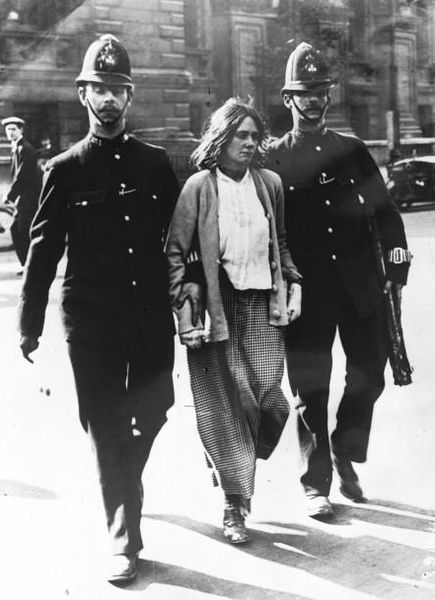 As I discussed here, there is a substantial body of social psychological research suggesting an important connection between crime levels and the way that police treat citizens – basically, the more that police are perceived to be fair and respectful, the more that citizens, in turn, will feel respect for the law and a sense of obligation to cooperate with the police. With that background in mind, the Bureau of Justice Statistics’s brand-new report Contacts Between Police and the Public, 2008 makes for some very interesting reading. The data are based on a national survey of U.S. residents that BJS has conducted every three years since 2002.
As I discussed here, there is a substantial body of social psychological research suggesting an important connection between crime levels and the way that police treat citizens – basically, the more that police are perceived to be fair and respectful, the more that citizens, in turn, will feel respect for the law and a sense of obligation to cooperate with the police. With that background in mind, the Bureau of Justice Statistics’s brand-new report Contacts Between Police and the Public, 2008 makes for some very interesting reading. The data are based on a national survey of U.S. residents that BJS has conducted every three years since 2002.
On the whole, police should regard the report as good news. Here are some of the basic findings.
Nearly 17 percent of the population had face-to-face contact with the police in 2008. This is down from 21 percent in 2002. The most common reason for contact with police in 2008 was being a driver in a traffic stop (44 percent of contacts). Despite the overall drop in police contacts since 2002, the number of drivers stopped actually increased by five percent over the 2002-2008 period. (Query whether this reflects a more widespread adoption of the Milwaukee Police Department’s recent strategy of deliberately increasing this sort of police-citizen contact.)
What has really driven the overall drop is a huge decrease in the number of people reporting crimes to the police or otherwise requesting police assistance. Presumably, this is a reflection of declining national crime rates, although (a less positive interpretation for the police) it may also partially reflect less confidence in the police to respond effectively to calls for help.
Here’s the really good news, though. First, nearly 90 percent of those who had police contacts felt that police acted properly. Second, an even slightly higher percentage felt that police acted respectfully. Third, nearly 85 percent of drivers who were stopped thought that police had a legitimate reason for the stop. Finally, fewer than two percent of those with police contacts reported that police used or threatened the use of force against them.
Despite the good news, police ought to take note of some racial disparities in the responses. The disparities are not dramatic, but they are consistent. For instance, while 92.7 percent of white respondents said they were treated respectfully by the police, the corresponding number for blacks was 87.4 percent. (6) Likewise, 90.8 percent of whites said that police acted properly, but only 84.2 percent of blacks. (6) Moreover, in some categories, Hispanics had even more negative views. For instance, among those who were investigated by the police, only 62.3 percent of Hispanics said the police acted properly, as against 69.6 percent of blacks and 82.3 percent of whites. (6)
As to traffic stops, 86.3 percent of whites said they were stopped for a legitimate reason, but only 73.8 percent of blacks gave the same answer. (8) Moreover, black drivers were three times as likely as white drivers to be searched during a traffic stop. (1) Black and white drivers were actually about equally likely to be stopped, but, once stopped, it appears that blacks were much more likely to experience a significant intrusion by police. The data thus provide a nice reminder that looking only at numbers of stops misses important differences in the character of different stops.
As to force, 1.2 percent of whites reported a threat or use of force by the police, as against 3.4 percent of blacks.
Although not broken down by race, I also found some of the other search-related information interesting. According to the survey respondents, traffic-stop searches were rarely successful; only 8.4 percent of searches actually produced incriminating evidence. (11) Additionally, most drivers who were searched did not think that police had a legitimate reason for the search. Depending on the type of search, perceptions of legitimacy ranged from 20.7 percent to 36.1 percent. (10) Data of this nature should perhaps play some role in the Fourth Amendment reasonability analysis for stop-related searches.
Cross posted at Life Sentences.
